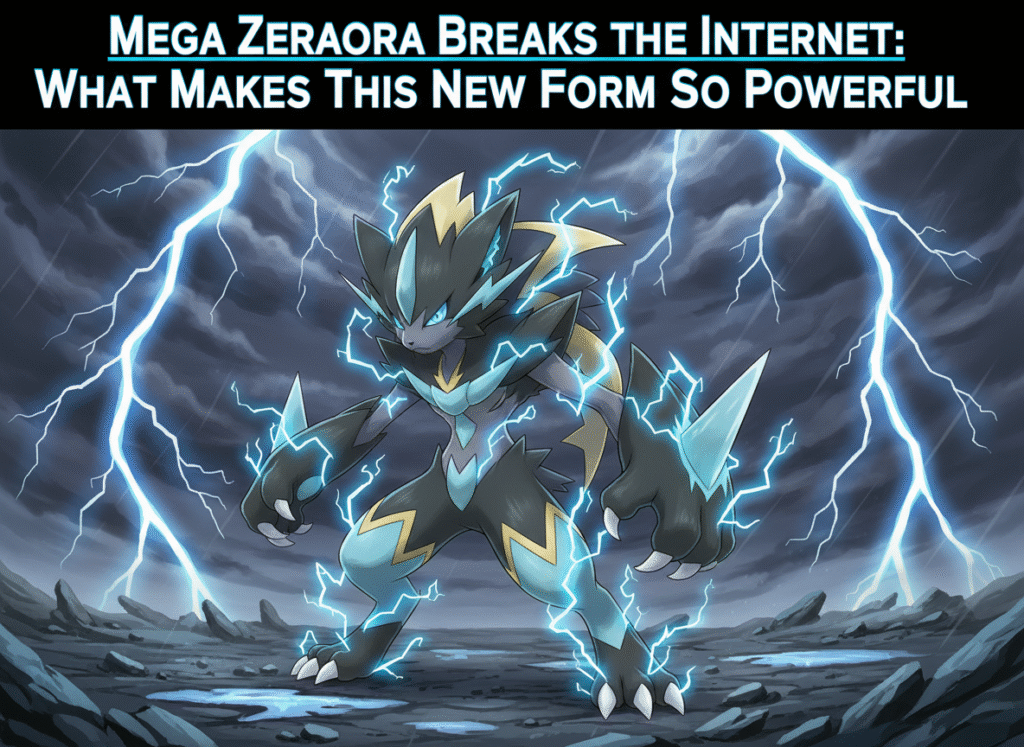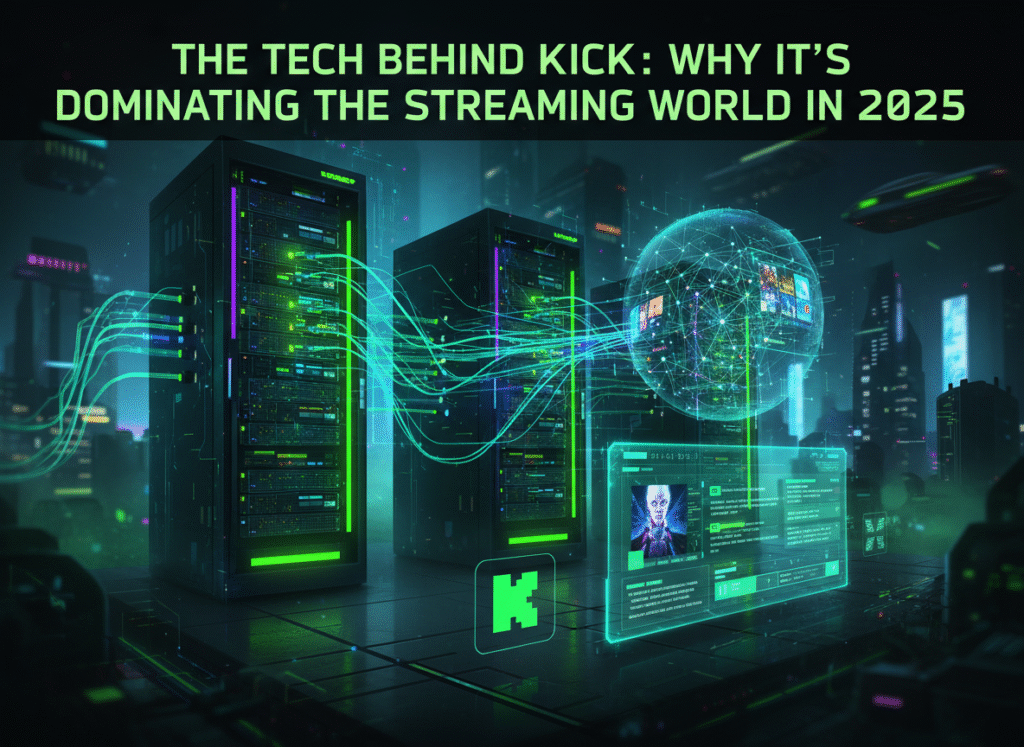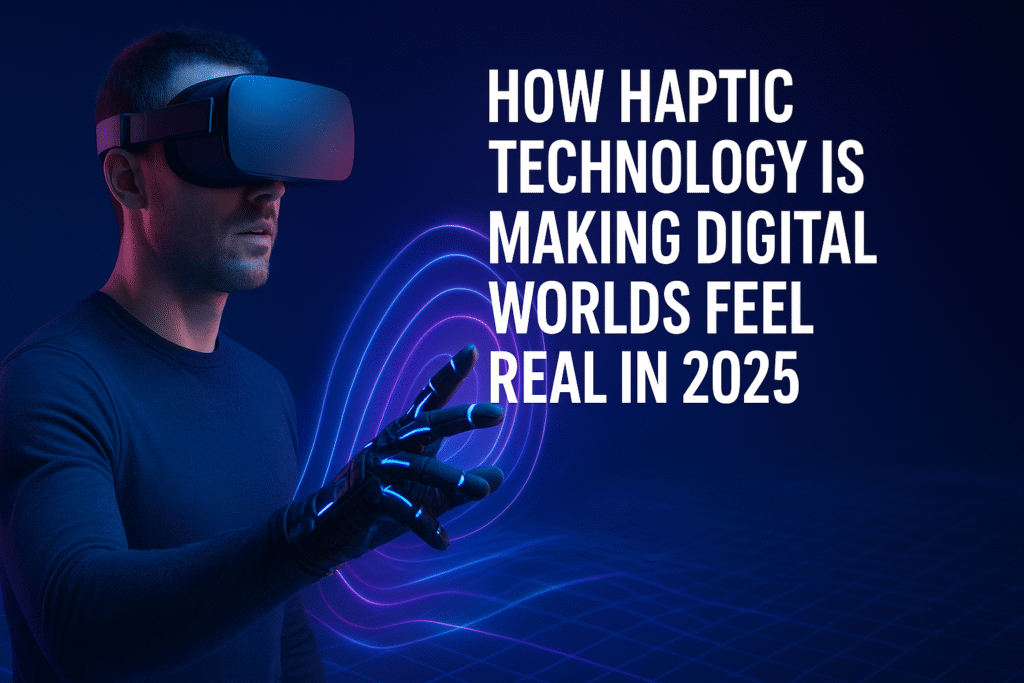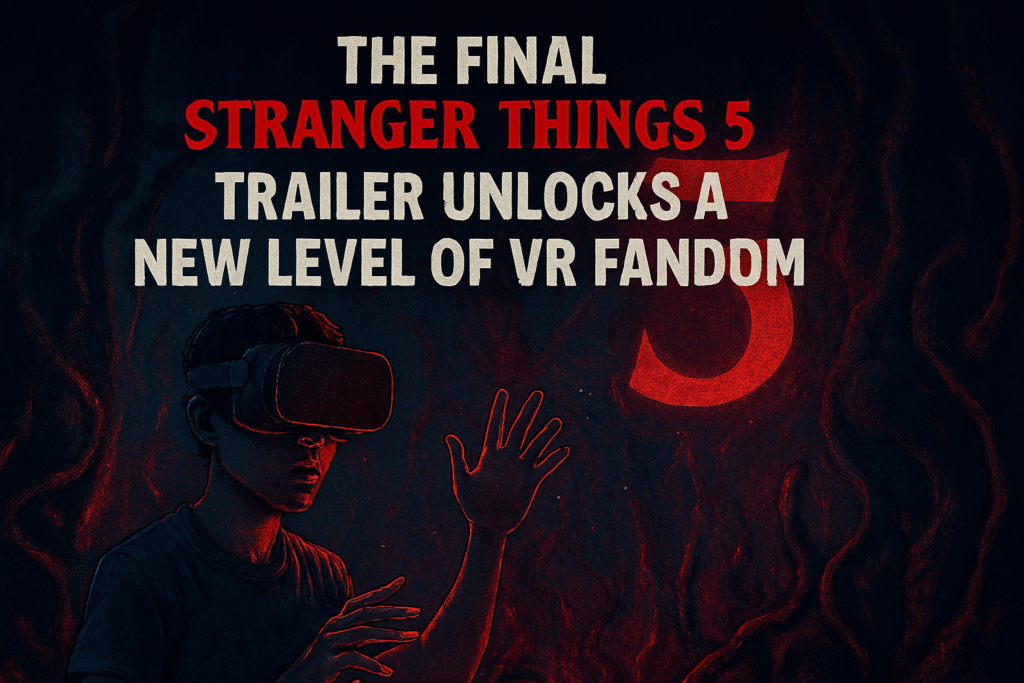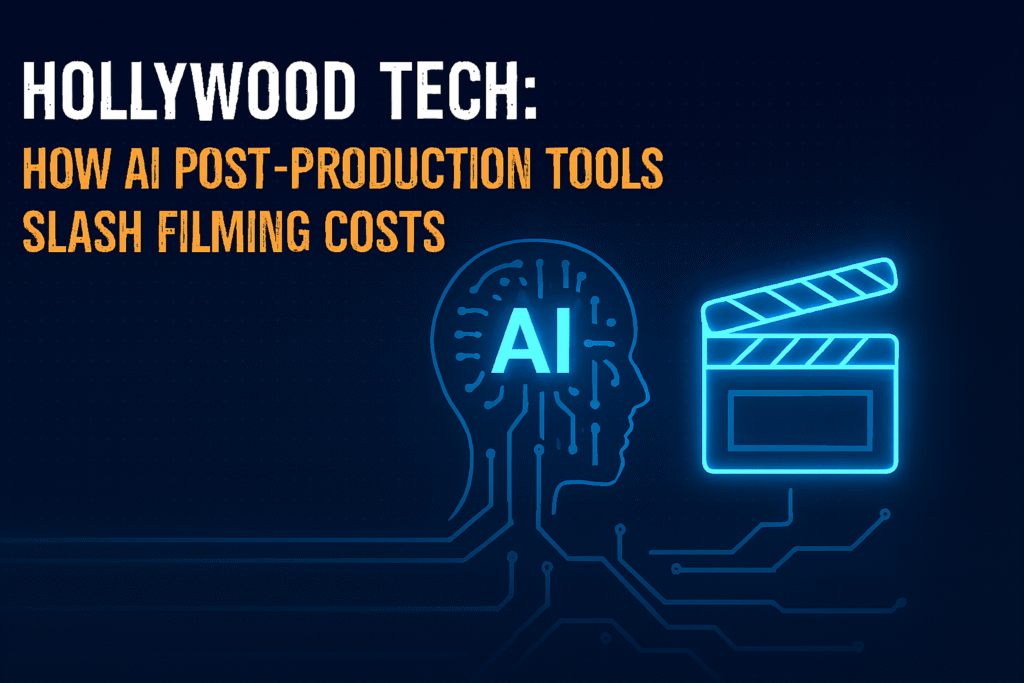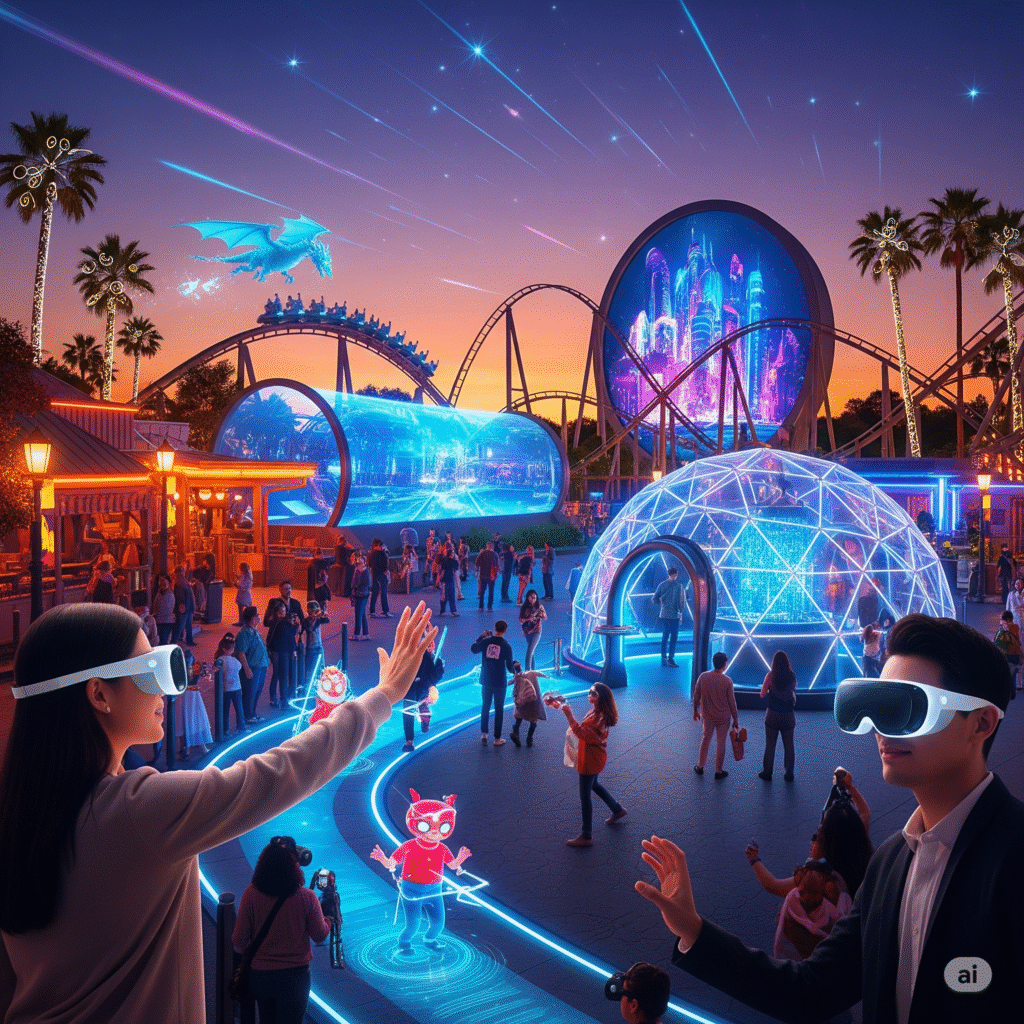
The amusement park experience is evolving — fast. Gone are the days when roller coasters and water slides were the only highlights of a day at the park. Enter Extended Reality (XR): a game-changing fusion of virtual, augmented, and mixed reality technologies that are transforming theme parks into immersive wonderlands.
What Is Extended Reality?
Extended Reality (XR) is an umbrella term that includes:
- Virtual Reality (VR): Fully immersive digital environments
- Augmented Reality (AR): Digital overlays on real-world settings
- Mixed Reality (MR): Interactions between real and virtual elements
When combined, these technologies provide unprecedented levels of immersion and interaction, making XR a natural fit for next-gen theme park attractions.
Why Theme Parks Are Embracing XR
Theme parks are in a constant battle to stay relevant and exciting. XR brings several key benefits:
- Immersive storytelling: Guests don’t just watch a story—they live it.
- Limitless creativity: Virtual landscapes can break the rules of physics.
- Real-time personalization: Rides can adapt based on individual preferences.
- Reduced physical footprint: More attractions in less space using digital experiences.
Real-World Examples
- Universal Studios – Mario Kart: Bowser’s Challenge
Combines AR headsets with real ride elements, letting guests race through the Mario universe in real-time.
- Disney Parks – Star Wars: Galaxy’s Edge
Utilizes the Play Disney Parks app to create an interactive AR layer throughout the park.
- Europa-Park (Germany) – YULLBE
An XR attraction offering standalone VR adventures where players interact in a shared digital environment.
The Tech Behind the Magic
To deliver XR experiences, parks are investing in:
- 5G connectivity for real-time rendering
- Haptic feedback suits to simulate physical sensations
- Spatial audio systems for immersive soundscapes
- Cloud computing & AI to power adaptive experiences
Challenges and Considerations
Despite its promise, XR in theme parks comes with hurdles:
- High implementation costs
- Hygiene concerns with shared headsets
- Motion sickness risks with poorly calibrated VR
- Accessibility for guests with disabilities
Operators must balance innovation with safety, scalability, and inclusivity to ensure long-term success.
The Market Boom
According to industry reports, the global XR theme park market is projected to surpass $18 billion by 2030, driven by increasing demand for personalized, interactive entertainment. Parks that adopt XR early gain a competitive edge and stronger visitor loyalty.
Final Thoughts
Extended Reality isn’t just a trend — it’s the future of entertainment. As parks look for ways to enhance guest engagement, XR is proving to be a revolutionary force. The fusion of digital and physical thrills is creating unforgettable, next-level experiences that redefine what it means to have fun.Theme parks are no longer just places to ride — they’re places to become the hero of your own digital adventure.
